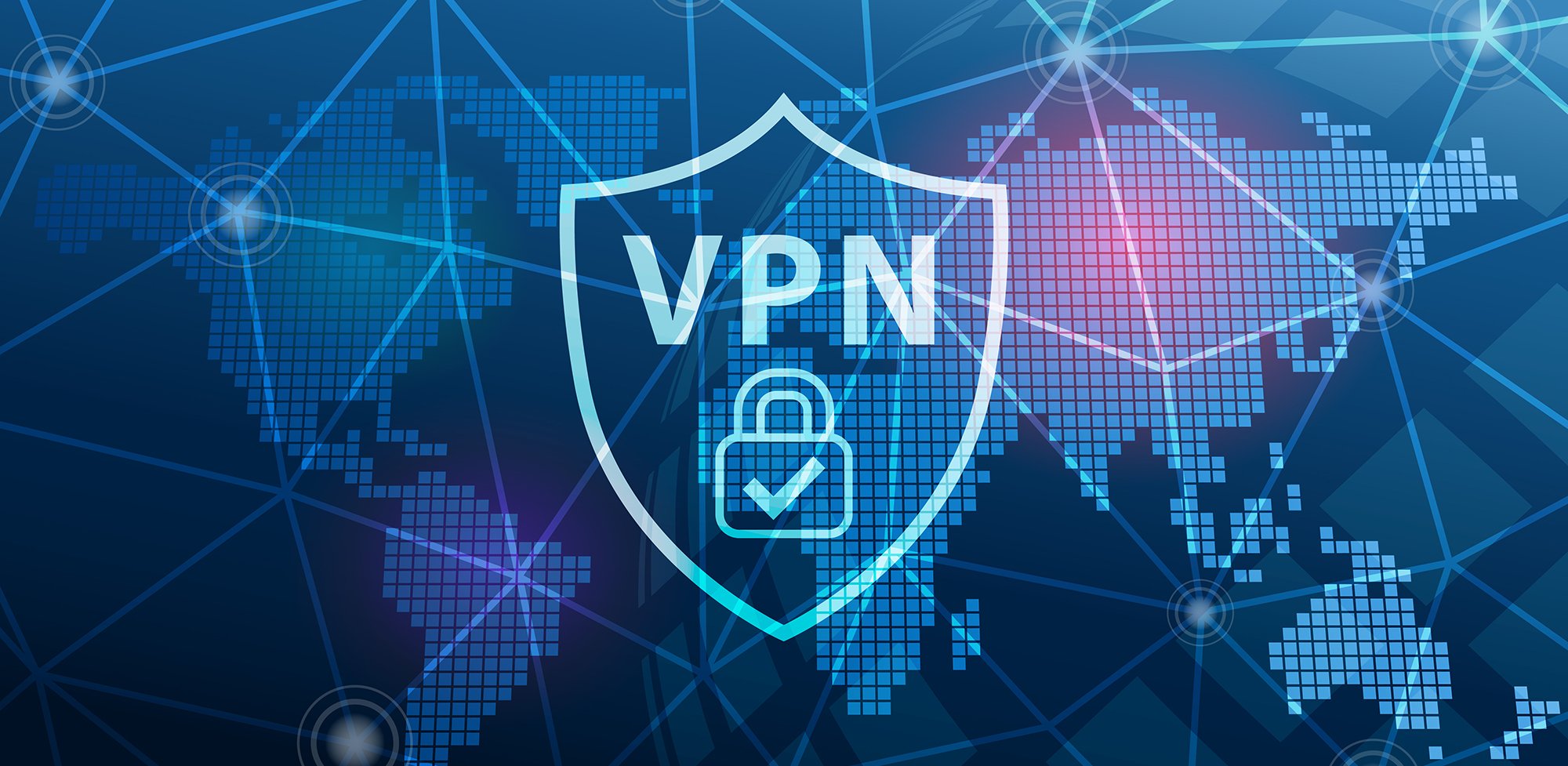
AI is revolutionizing streaming by recommending content you’ll love. However, this tailored experience raises questions about data collection and user privacy. Read on to explore how streaming services can leverage AI for personalization while keeping your information safe.
Understanding Data Collection
Data collection is vital for personalized streaming experiences. Platforms use your viewing habits and preferences to suggest content. It’s crucial to grasp how this process works and its privacy implications.
When you sign up for a streaming service, you provide basic info. This includes your name, email, and age. The service uses this to create a profile that tracks your activities and preferences. Also, it gathers data on your devices, location, and browsing habits.
Streaming services use pixels and beacons, not just cookies. These track your activity, like with content or ads. For example, a pixel in a banner ad checks if you clicked and then bought something.
Collecting data is crucial to tailor your streaming. Yet, it also sparks privacy worries. Many avoid sharing their details, fearing misuse. However, streaming services must protect your privacy and follow data laws.
Streaming services address concerns by protecting your data. They use encryption to safeguard sensitive information. Additionally, they anonymize data by removing personal details. Also, they have strict data governance policies. Furthermore, users can control their privacy settings and decide how their data is used.
Even with these measures, users must protect their privacy on streaming services. This means checking privacy policies, watching the data they share, and using tools like VPNs to encrypt their connection and shield their data.
Data collection is crucial for personalized streaming. Understanding how data is used and taking privacy steps is key. By staying informed, being cautious, and using privacy tools, you can enjoy personal recommendations online.
The Role of AI in Personalization
AI has transformed how streaming platforms offer tailored content. It uses algorithms to analyze user data, such as viewing habits and preferences. This helps customize recommendations, enhancing the viewing experience.
AI-powered personalization offers a key benefit. It can learn and improve continuously. As users interact and consume content, the AI collects feedback. Then, it adjusts recommendations. This cycle helps streaming services refine suggestions. It also aids in understanding users’ changing preferences.
Generative AI is a game-changer for content personalization. It analyzes users’ habits, preferences, and interactions. Then, it tailors viewing experiences to keep subscribers engaged and happy. For example, it creates custom playlists based on favorite genres. Also, it recommends shows from past views. Moreover, it can make unique content for specific interests.

Streaming services need to focus on security and privacy. This is crucial for AI-driven personalization. They should use strong encryption and anonymization to protect users’ data. Also, services must follow strict data rules. They need to get users’ permission to collect and use data.
Streaming services can balance personalization and privacy. AI then suggests engaging content while respecting privacy. As AI grows, it will shape streaming services. This will provide personalized experiences, enhancing users’ digital entertainment.
Balancing Personalization and Privacy
Today, we have many streaming services and tailored recommendations. Balancing personalization and privacy is crucial. We love custom suggestions. However, protecting privacy and data is vital. Here are some tips to find that balance.
1. Use a Paid Virtual Private Network (VPN)
While free VPNs might seem tempting, they often come with hidden costs. Many sell your data, defeating the purpose of using a VPN in the first place. Established providers like ExpressVPN offer peace of mind, knowing your data is secure. ExpressVPN also gives access to a large library of geo-restricted content. It opens doors to a world of entertainment options. These include for Android, Mac, and even devices like Roku and Firestick.
However, some users may encounter problems such as installation issues with ExpressVPN on Firestick, the app keeps disconnecting, and others concerns. Fortunately, with their 24/7 live chat support, you can get these issues taken care of in no time. While this can be frustrating, the benefits of a premium VPN outweigh these occasional hurdles.
2. Review Privacy Settings
Check your streaming account’s privacy settings. Most platforms let you manage data collection and usage. Adjusting these settings suits your privacy preferences.
3. Opt-Out of Data Collection
If you’re uneasy about sharing personal data with streaming services, check for opt-out options. Many platforms let you skip targeted ads and preferences. This way, you can enjoy content without compromising your privacy.
4. Be Mindful of Sharing Personal Information
Be careful with online personal information, especially on social media and streaming sites. Avoid sharing extra details. Limit public information. More shared info means streaming services can better personalize your experience.
5. Educate Yourself About Data Privacy
Learn about data privacy and how streaming services use your data. Know your rights and the risks. This knowledge will help you make smart privacy choices.
6. Regularly Review Privacy Policies
Keep up with the privacy policies of streaming services you use. These policies can change. So, check them regularly to know how your data is handled. Be on the lookout for updates and changes. Adjust your privacy settings accordingly.
7. Stay Up-to-Date on Security Measures
Stay informed about the latest security measures and privacy practices. Follow reliable sources for data privacy and security updates. Also, take proactive steps to protect your personal information.
Follow these tips for personalized content and online privacy. It balances personalization and privacy. So, you can enjoy streaming benefits without losing privacy.
The Future of AI and Streaming
Streaming services are growing, and AI is key to their future. It will boost content personalization and user experiences. Let’s see how AI will shape these platforms.
- Advanced Personalization Algorithms: AI in streaming is set to advance. It will introduce more personalization algorithms. These will not just analyze viewing habits and preferences. They will also consider mood, context, and social interactions. By using deep learning and natural language processing, these algorithms will offer highly tailored content. Moreover, they will predict users’ needs and preferences with remarkable accuracy.
- Contextual Recommendations: AI will help streaming platforms suggest content, considering user actions and the environment. For example, it might suggest a comedy on a rainy day. Or, a family show on weekend mornings. The suggestions are based on past views and what’s happening now. This approach enhances content suggestions, making the user experience better.
- Enhanced Content Discovery: In the future, AI will recommend diverse content, moving beyond genres. It will tailor suggestions based on users’ viewing habits, social interactions, and other factors. This approach will help streaming platforms uncover hidden gems and match unique preferences.
- Interactive and Immersive Experiences: AI in streaming will merge watching and engaging. For instance, AI chatbots and assistants will chat with users about their shows. They’ll also suggest shows based on moods and tastes. Moreover, AI will tailor VR and AR content for each user, making immersive experiences.c
- Ethical AI Practices: As AI technology advances, streaming platforms must focus on ethical AI. This ensures personalization is done responsibly. Key steps include making AI algorithms and data practices transparent. Also, decisions should be fair and accountable. And, biases and discrimination must be minimized. With this in mind, streaming services can gain users’ trust and lower AI-related risks.
- Collaborative Filtering and Social Recommendations: AI will help users find content. It uses their friends’ picks and preferences. Also, AI looks at users’ social interactions. Then, it spots common interests and preferences among friends. It recommends content that fits their tastes. This feature boosts community involvement and improves the social experience on streaming platforms.
- Predictive Analytics and Content Creation: AI will help streaming platforms predict what users like and how they watch. It’ll guide their content strategies. By checking user data and trends, AI can forecast what’s popular and what people want. This helps platforms pick and create new content that’s likely to succeed. It ensures they’re ahead and offer content that connects with their audience.
AI and streaming are set to change how we use digital content. They already offer personalization, and immersive experiences, and are working on ensuring ethical practices. Needless to say, AI will greatly shape streaming platforms. This will boost personalization and engagement for users. As services grow and improve, AI will enhance entertainment. It will also increase satisfaction and change how people consume content.
Conclusion
AI can transform media consumption. But, we must balance personalization and privacy. Streaming services should focus on transparency, user control, and data security. This approach ensures a tailored, private viewing experience. It also improves the experience for everyone.







